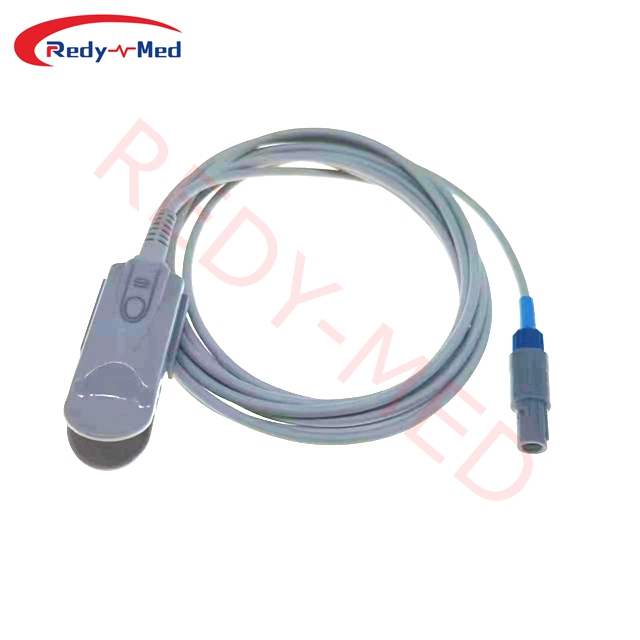
The Vital Role of Spo2 Sensors in Healthcare,Spo2 Sensor dealer
2024-03-21 00:04:44
In the dynamic world of healthcare technology, Spo2 sensors have emerged as indispensable tools for monitoring oxygen saturation levels, providing crucial insights into a patient's respiratory well-being. From critical care units to home health monitoring, Spo2 sensors play a pivotal role in enhancing patient care by offering accurate and real-time data. In this article, we will explore the significance of Spo2 sensors, their applications, and how they contribute to improving the overall quality of healthcare.

Understanding Spo2 Sensors:
Spo2 sensors, also known as oxygen saturation sensors, are devices designed to measure the percentage of oxygen bound to hemoglobin in the blood. This non-invasive method, typically conducted using a pulse oximeter, provides healthcare professionals with valuable information about a patient's respiratory function. Spo2 readings are a critical parameter in assessing oxygen levels and are essential in a variety of medical scenarios.
Applications of Spo2 Sensors:
Critical Care Settings:
In intensive care units (ICUs) and emergency rooms, Spo2 sensors are routinely used to monitor patients with respiratory distress or those undergoing surgery. The real-time data helps healthcare providers make immediate decisions about patient care.
1.Surgical Procedures:
During surgical procedures, Spo2 sensors are integrated into patient monitoring systems to ensure that oxygen levels remain within the desired range. This is crucial for patient safety and successful outcomes in both minor and major surgeries.
2.Chronic Disease Management:
Patients with chronic respiratory conditions such as chronic obstructive pulmonary disease (COPD) or asthma benefit from at-home monitoring using Spo2 sensors. This allows for early intervention in case of oxygen saturation fluctuations.
3.Sleep Apnea Monitoring:
Spo2 sensors are employed in sleep studies to monitor oxygen levels during the night. This is especially relevant for patients with sleep apnea or other sleep-related disorders.
4.How Spo2 Sensors Work:
Spo2 sensors utilize a technology called pulse oximetry, which involves emitting light wavelengths through the skin. The sensor detects the amount of light absorbed by oxygenated and deoxygenated hemoglobin, providing a percentage value of oxygen saturation in the blood. This non-invasive method eliminates the need for frequent blood draws and allows for continuous monitoring.
Choosing a Reliable Spo2 Sensor:
When selecting Spo2 sensors, healthcare professionals prioritize reliability, accuracy, and ease of use. A reliable Spo2 sensor ensures precise readings, reducing the margin of error in patient care. Additionally, choosing sensors from reputable manufacturers and suppliers is essential for quality assurance.
Advancements in Spo2 Sensor Technology:
As technology evolves, so do Spo2 sensors. Advanced features, such as motion tolerance and adaptive algorithms, contribute to improved accuracy and reliability. Additionally, wireless connectivity options enable seamless integration into modern healthcare information systems, facilitating efficient data management.
Conclusion:
Spo2 sensors have become integral to the practice of modern medicine, offering a non-invasive and reliable method for monitoring oxygen saturation levels. From critical care units to at-home use, these sensors contribute significantly to patient care by providing healthcare professionals with valuable insights into respiratory health. As technology continues to advance, Spo2 sensors will likely play an even more crucial role in enhancing the accuracy and efficiency of patient monitoring, ultimately contributing to improved healthcare outcomes.
Get the latest price? We'll respond as soon as possible(within 12 hours)




